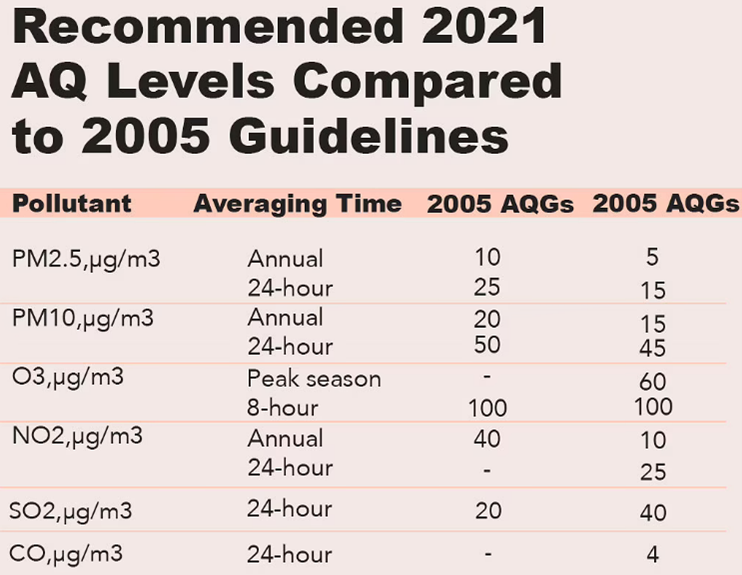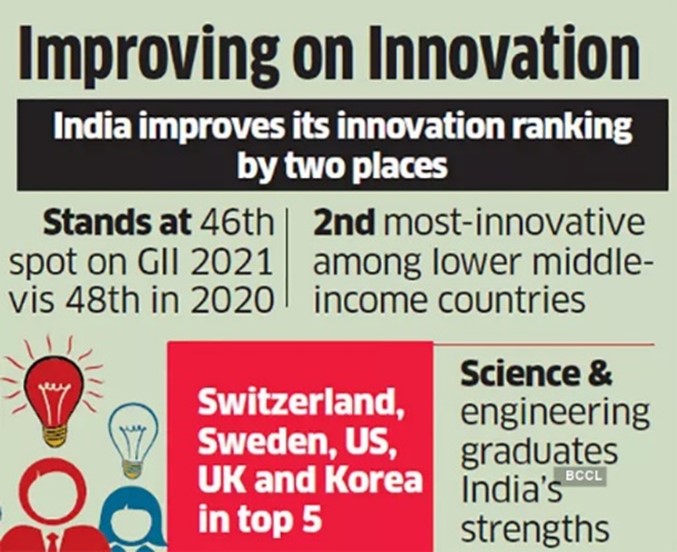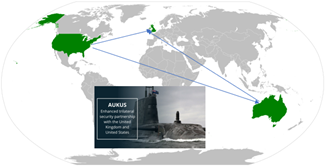Monday, 16th August 2021
Global Youth Development Index
In News: India ranked at 122nd position among 181 countries in the Global Youth Development Index, 2020.
Aim of the Index
To help governments to identify specific areas for evidence-based policies and programmes in order to improve youth development and participation.
Highlights of the Index
- Conditions of young people around the world have improved by 3.1 per cent between 2010 and 2018.
- The Report highlighted that urgent action is to be taken to secure the pre-pandemic gains.
- Top Rankers:Singapore, Slovenia, Norway, Malta and Denmark.
- Bottom Rankers:Chad, the Central African Republic, South Sudan, Afghanistan and Niger
- Top Improvers:Afghanistan, India, Russia, Ethiopia and Burkina Faso.
- Greatest decline in youth development: Syria, Ukraine, Libya, Jordan and Lebanon
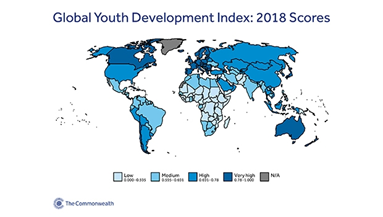
Recommendations of the Index
- Governments need to increase investment in:
- lifelong digital skilling of young people
- mental health services
- apprenticeships
- road safety
- youth participation in decision-making to reverse trends which adversely impact them
- Governments need to improve data collection on education and diversify how they measure digital skills and online engagement of youth.
About the Index
- Prepared by the Commonwealth Secretariat Youth Division and is released triennially.
- The index ranks countries between 0.00 (lowest) and 1.00 (highest).
- It is based on 27 indicators which fall under six domains which are education, employment, health, equality and inclusion, peace and security, and political and civic participation.
Source:
Quality of Life for Elderly Index
In News: The Economic Advisory Council to the Prime Minister (EAC-PM) has released the Quality of Life for Elderly Index.
Highlights of the Report
- India’s elderly population is on the rise, and as per surveys, the share of elders, as a percentage of the total population in the country, is expected to increase from around 7.5% in 2001 to almost 12.5% by 2026 and surpass 19.5% by 2050.
- The Health System pillar observes the highest national average-66.97 at an all-India level followed by 62.34 in Social Well-being.
- Financial Well-being observes a score of 44.7, which is lowered by the low performance of 21 States across the Education Attainment & Employment pillar.
- States have performed particularly worse in the Income Security pillar because most of the States have a score below the national average.
- Rajasthan and Himachal Pradesh are top-scoring regions in Aged and Relatively Aged States, respectively. Chandigarh and Mizoram are top-scoring regions in Union Territory and North-East States category.
- The Aged States refer to States with an elderly population of more than 5 million, whereas Relatively Aged States refer to States with an Elderly population of less than 5 million.
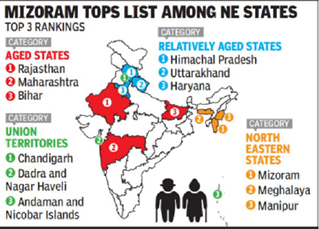
About the Index
- The Index has been created by the Institute for Competitiveness and it sheds light on problems faced by the elderly.
- The report identifies the regional patterns of ageing across Indian States and presents an insight into how well India is doing to support the well-being of its ageing population.
- The Index framework includes four pillars:
- Financial Well-being
- Social Well-being
- Health System
- Income Security
- Eight sub-pillars that include: Economic Empowerment, Educational Attainment & Employment, Social Status, Physical Security, Basic Health, Psychological Wellbeing, Social Security and Enabling Environment.

Source:
Independence Day announcements
In News
The Prime Minister made several important announcements to commemorate the 75th Independence Day celebration of August 15.
About the News
- To commemorate the 75th anniversary of India’s independence, the PM announced measures to lay the groundwork for new resolutions and move forward with new resolutions.
- The period from 75th anniversary to the 100th anniversary has been announced as 'Amrit Kaal' with the goal to ascend to new heights of prosperity for India and the citizens of India.
- Prime Minister drew the blueprint for the 100 years of Independence, with the goal for prosperity, good governance, discipline, building an ideal India, an India that runs with the world. To this end ‘sabka saath, sabka vikas and sabka Prayaas’ has been announced.
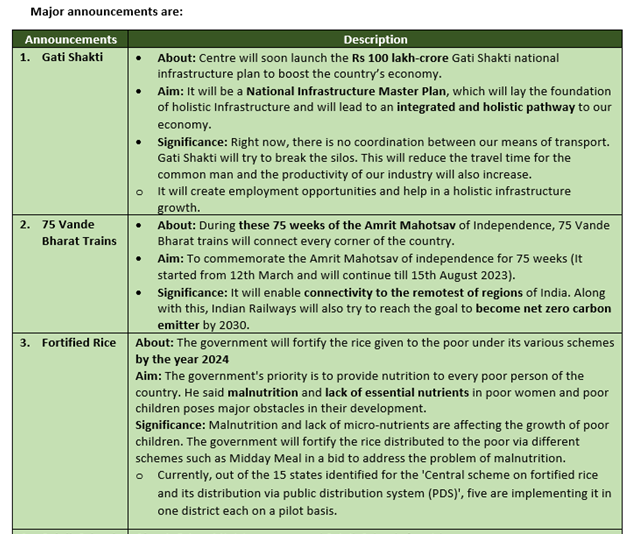
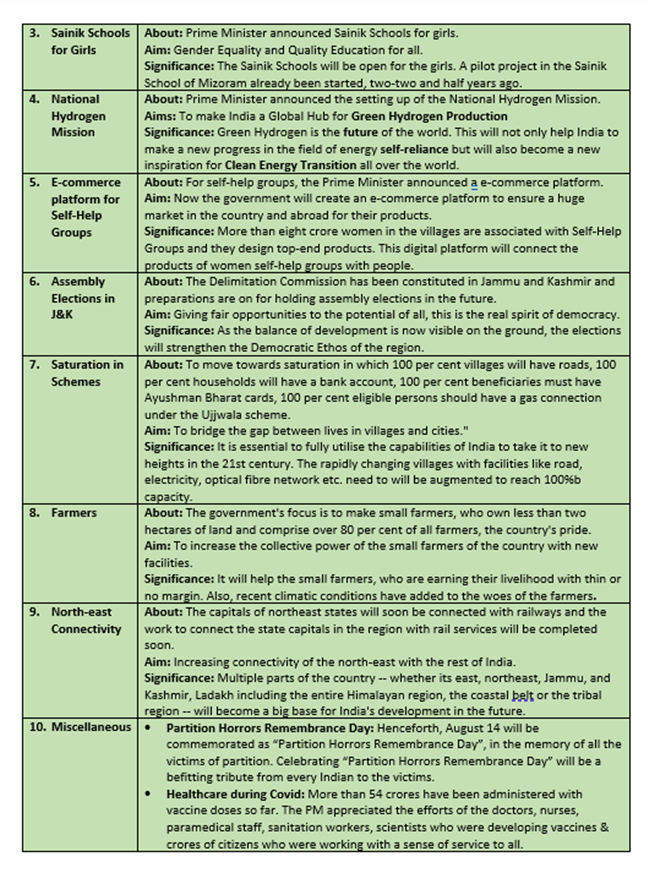

Question: Discuss some of the major announcements made by the Prime Minister to commemorate the 75 years of Indian independence. Mention the significance of these announcement.
Sources:
- India Independence Day 2021 Highlights: PM Modi announces Rs 100 lakh crore Gatishakti scheme, National Hydrogen Mission
- PM Modi's I-Day speech: Gati Shakti plan, blueprint for 100 years of Independence | Top announcements
- 75th Independence Day: Six major announcements made by PM
- English rendering of the text of PM’s address from the Red Fort on 75th Independence Day
This Day in History - Sri Ramakrishna Paramahansa
On August 16, 1886, the influential yogi and mystic Sri Ramakrishna Paramahansa passed away. He found the Ramakrishna Order. He was born of a poor Brahmin family in Bengal, and his given name was Gadadhar Chatterjee. Around 1855, he became a devotee of the goddess Kali and lived for the rest of his life at Kali temple in Dakshineswar near Kolkata. Ramakrishna's message of universal religion was carried to the West by Swami Vivekananda.
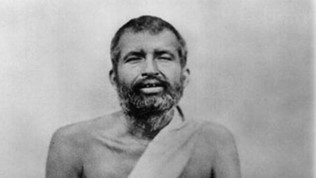
Source:
Image of the Day - Murder Hornet
This is the image of the Asian giant hornet, or Vespa mandarinia, also known as the ‘murder hornet’. An invasive and destructive ‘murder hornet’ has been spotted in Washington, USA and the alien-looking insect has been attacking a hive of paper wasps. So-called "murder hornets" are native to Asia but have been spotted in Washington state and Canada over the past two years. The sting of the Vespa mandarinia can be life-threatening to humans, and the killer insects are known to wipe out the colonies of their fellow bugs, particularly honeybees.
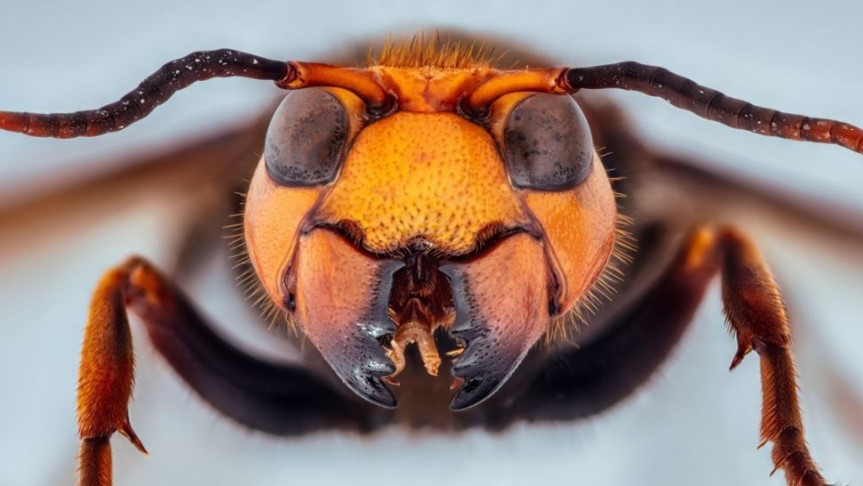
Source:
Southeast Asia Cooperation and Training (SEACAT) Military Exercise
- Context: The Indian Navy demonstrated its maritime manoeuvres in U.S. Navy-led SEACAT Military exercise in Singapore.
- SEACAT began in 2002 as “Southeast Asia Cooperation against Terrorism” and this is the 20th iteration of the exercise.
- The maritime exercise aims to foster enhanced cooperation between Southeast Asian countries by incorporating tactics, standardized training, and procedures to combat contingencies or illegal activities in the maritime domain.
- The drill has been designed to encourage countries to use their naval forces to bolster understanding of the operational environment, build capacity for humanitarian support missions, and uphold international laws and norms.
- Nations like Australia, Bangladesh, Brunei, Canada, France, Germany, Indonesia, Japan, Malaysia, Maldives, New Zealand, Philippines, South Korea, Singapore, Sri Lanka, Thailand, East Timor, United Kingdom, United States, and Vietnam took part in SEACAT.
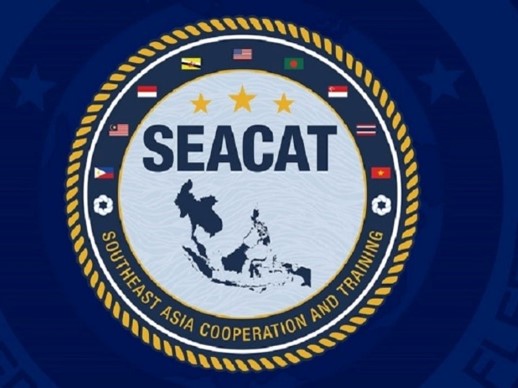
Source:
Image Souce:
IndiGau
- Context: Union Minister has recently released
- Indigau is India’s first Cattle Genomic Chipfor the conservation of pure varieties of indigenous cattle breeds like, Gir, Kankrej, Sahiwal, Ongole, etc.
- It is purely indigenous and the largest cattle chip of the world and has 11,496 markers (SNPs) more than that placed on 777K Illumina chip of US & UK breeds.
- Single nucleotide polymorphism (SNP) technologies are used to identify disease-causing genes and to understand the inter-individual variation in drug response.
- This chip will have practical utility in the government schemes to achieve the goal of conservation of our own breeds with better characters and help towards doubling of farmers’ income by 2022.
- The indigenous chip was developed by National Institute of Animal Biotechnology (NAIB), Hyderabad, an autonomous institution under the aegis of the Department of Biotechnology.
Source:
- Union Minister Dr. Jitendra Singh released “IndiGau’, India’s first Cattle Genomic Chip for the conservation of pure varieties of indigenous cattle breeds like Gir, Kankrej, Sahiwal, Ongole etc.
- SNPs in disease gene mapping, medicinal drug development and evolution
Image Source:
Open Acreage Licensing Programme (OALP)
- Context: In order to boost domestic hydrocarbon production, the Ministry of Petroleum and Natural Gas has launched the sixth bid round under the liberal Open Acreage Licensing Programme (OALP).
- Under OALP, companies are allowed to carve out areas they want to explore oil and gas in.
- Companies can put in an expression of interest (EOI) for any area throughout the year but such interests are accumulated thrice in a year. The areas sought are then put on auction for bidding.
- This policy is different from the past where the government identified areas and offered them for bidding.
- The Hydrocarbon Exploration and Licensing Policy (HELP) replacing the erstwhile New Exploration Licensing Policy (NELP) was approved in March 2016 and the Open Acreage Licensing Programme (OALP) along with the National Data Repository (NDR) were launched in June. 2017 as the key drivers to accelerate the Exploration and Production (E&P) activities in India.

Source:
- Ministry of Petroleum and Natural Gas launches Open Acreage Licensing Programme Bid Round-VI
- Oil Ministry launches sixth bid round of Open Acreage Licensing Programme
- Open Acreage Licensing Programme Bid Round-IV to be launched tomorrow
- ONGC wins 7 oil blocks, OIL 4 in latest bid round
Image Source:
E- Voucher Trading
- Context: The Authority for Advance Rulings (AAR) has sorted out the issue of levying GST on the supply of e-vouchers. by sales promotion companies to other companies.
- E-voucher is an electronic voucher delivered to a customer via SMS or email that can be redeemed either online using a specific code, or in store.
- The AAR has ruled that sales promotion companies that trade in vouchers will have to pay GST at the rate of 18 per cent and mention it on its monthly or quarterly sales returns.
- It held that since the voucher can be transmitted, transferred, delivered, stored, processed etc, it would get covered under the ambit of goods, though it is intangible.
- AAR is a body empowered to render decisions with regards to the tax consequences of a transaction or a proposed transaction under GST Act.
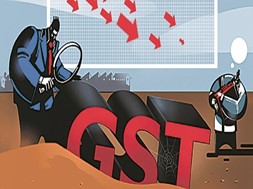
Source:
- AAR rules 18% GST on e-voucher traders, on plea by marketing services firm
- Authority for Advanced Ruling
- How do e vouchers work?
Image Source:
Growth needs steps beyond reforms
Essence: This article discusses the various dimensions of economy of India that underwent drastic change after the 1991 economic reforms. The growth that the economy witnessed was commendable be it in terms of poverty reduction or our mounting foreign exchange reserves. The economy exhibited the best growth rate in 2011-2012 despite of the fact that the global economies were recovering from the deep financial crises.
In order to replicate the same again, we need an environment conducive for investment along with creating competition in specific sectors. Improving performance efficiency in areas like power sector and governance is the key. The focus should shift from the quantity of services to the quality of it along with increased impetus on social sectors like health and education.
Why you should read this article?
- To understand the changes that economy underwent after 1991 reforms
- To understand what more is needed than just the reforms to get the economy back on track.
Source:
We’ve achieved a lot since 1947. But there’s much to learn from our neighbours, especially China
Essence: India’s socio-economic growth can be seen from the past 75 years glorious past. Policies and technological innovations have made India stand up front. But there is also a need to learn by comparing, especially with the focus on our immediate neighbor i.e., China. Major factor of similarity and comparison could be the large size of the population. China has implemented measures to bring in control its large population and provide the equitable resource. India’s leadership needs to rethink how better management of resources can be done. Factors like poverty rate decline strategy, GDP growth rate, and measures to control population need to improve by measuring through comparison of India with its immediate neighbor China.
Why you should read this article?
- To understand the comparativist perspective of India and China.
- To evaluate empirics and measures which could be implemented to control factors like population by learning from the Chinese model.
Source:
Local resources and women empowerment
Background
- Sabai grass cultivated in Mayurbhanj district has high demand for various household and decorative items.
- Hundreds of women of various self-help groups have become self-sufficient by making beautiful crafts from Sabai grass.
Case study:
- A group of 11 women started business by taking loan from a bank in 2011.
- Initially, marketing the item was a problem.
- In 2013, ORMAS Odisha Rural Development and Marketing Society extended a helping hand to them in selling their item.
- Over the years, this group has expanded and helped the women belonging to tribal communities
Where can we use this case study
- GS PAPER1: Role of Women and Women’s Organization
- GS PAPER2: Issues Relating to Development and Management of Social Sector/Services relating to Health, Education, Human Resources, Welfare Schemes for Vulnerable Sections of the population by the Centre and States and the Performance of these Schemes
Source:
Share the article
Get Latest Updates on Offers, Event dates, and free Mentorship sessions.

Get in touch with our Expert Academic Counsellors 👋
FAQs
UPSC Daily Current Affairs focuses on learning current events on a daily basis. An aspirant needs to study regular and updated information about current events, news, and relevant topics that are important for UPSC aspirants. It covers national and international affairs, government policies, socio-economic issues, science and technology advancements, and more.
UPSC Daily Current Affairs provides aspirants with a concise and comprehensive overview of the latest happenings and developments across various fields. It helps aspirants stay updated with current affairs and provides them with valuable insights and analysis, which are essential for answering questions in the UPSC examinations. It enhances their knowledge, analytical skills, and ability to connect current affairs with the UPSC syllabus.
UPSC Daily Current Affairs covers a wide range of topics, including politics, economics, science and technology, environment, social issues, governance, international relations, and more. It offers news summaries, in-depth analyses, editorials, opinion pieces, and relevant study materials. It also provides practice questions and quizzes to help aspirants test their understanding of current affairs.
Edukemy's UPSC Daily Current Affairs can be accessed through:
- UPSC Daily Current Affairs can be accessed through Current Affairs tab at the top of the Main Page of Edukemy.
- Edukemy Mobile app: The Daily Current Affairs can also be access through Edukemy Mobile App.
- Social media: Follow Edukemy’s official social media accounts or pages that provide UPSC Daily Current Affairs updates, including Facebook, Twitter, or Telegram channels.

